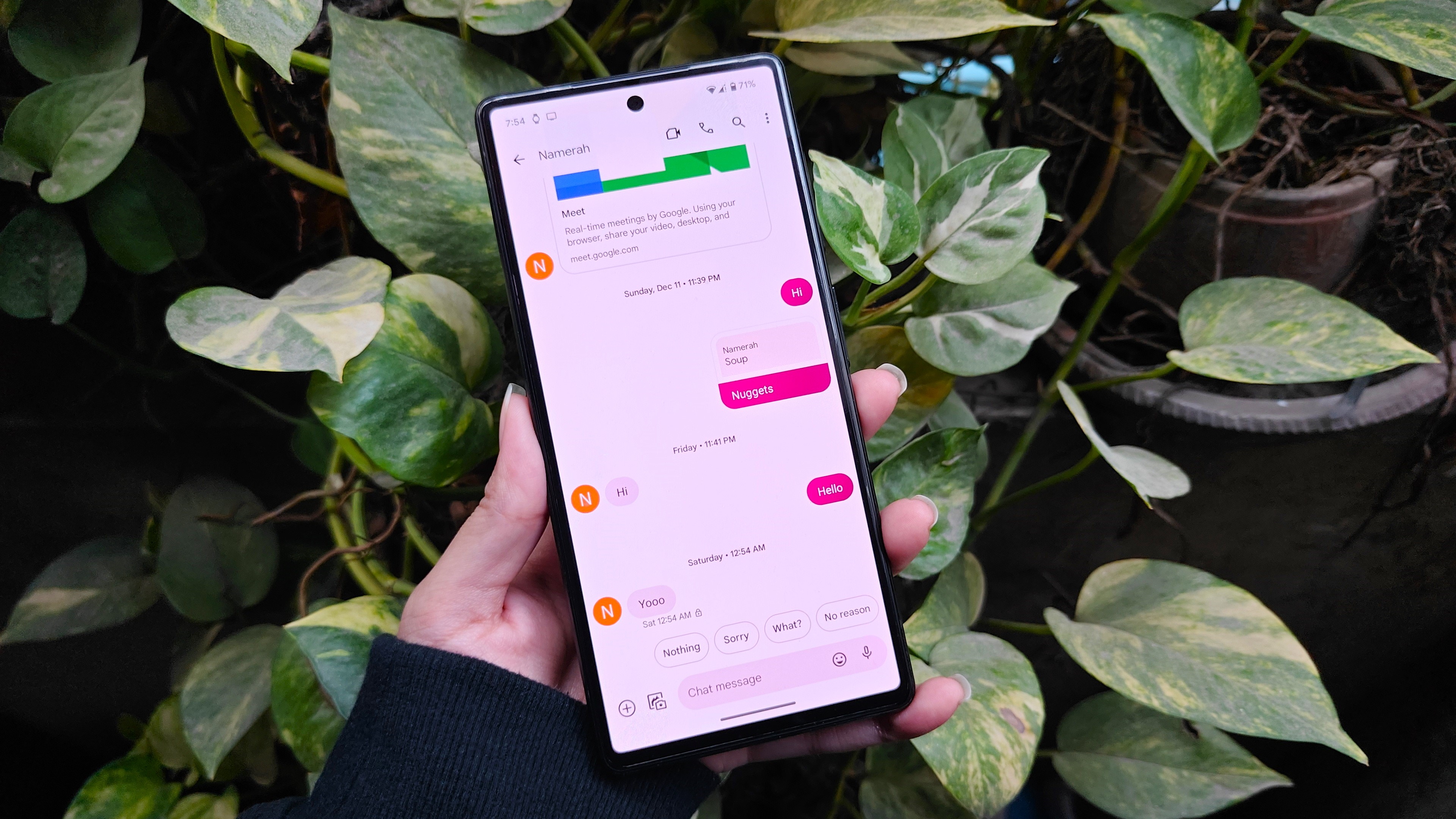Your phone won’t be powering Xreal’s upcoming Android XR glasses

TL;DR
- Xreal’s Android XR glasses will come with a puck-like processing device.
- The puck will feature an unspecified Qualcomm Snapdragon chip.
- The glasses will have the largest screen the company has ever made.
There’s been plenty of talk about Google, Apple, and Meta all working on AR glasses, but they aren’t the only players in the game. Xreal is currently working on its own pair of AR glasses, known as Project Aura. Other than the fact that they’ll run on Android XR, not much is known about the device yet. However, Xreal shared a few new details this week.
The Xreal team made an appearance at Augmented World Expo 2025 on Tuesday. As reported by Gizmodo, the company didn’t release any new images or offer any demos, but it did reveal that your phone won’t be able to handle the kind of processing Aura demands. Instead of using a phone as a computing device, Aura will use a separate, tethered, puck-like device for its computational needs.
This puck-like device, small enough to fit in your pocket, will house an unspecified Qualcomm Snapdragon chip. It’s unclear if Xreal plans to use the same SoC that’s heading to Samsung’s Project Moohan — the Snapdragon XR2 Plus Gen 2. It’s also said that this puck will be detachable, in case you want to store the glasses and the puck separately.
While a Snapdragon processor will power the puck, the glasses will have their own chip. This processor is said to be a modified version of the X1 chip found in the Xreal One glasses, called X1S. It was also confirmed that the glasses will have front-facing sensors, similar to the Meta Quest 3.
Xreal also recently updated its website to add that Aura will have a 70-degree field of view (FOV). The website claims this will be the largest screen the company has made to date. To accomplish this, the team is using a “flat prism lens” that features a triangular-shaped pane. Although this pane of glass is 40% smaller than the glass in its older devices, it enables a wider FOV on the horizontal axis.
Considering the heavy processing demand, it wouldn’t be a surprise if Aura ends up being a pretty power-hungry device. Unfortunately, Xreal didn’t offer any details when asked about battery life. It appears the company also dodged questions about the price and release date.
Source link






